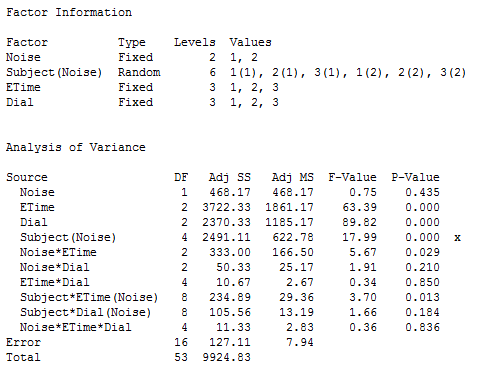

It’s an absolute bloated dog of an application, and IBM clearly don’t give a crap about it, other than making some cosmetic updates every now and again. The interface is deeply horrid, the outputs are butt-ugly, and it runs like a three-legged overweight sloth with a heavy suitcase. Every time I do, I feel like the victim in some kind of emotionally abusive relationship. If there is another factor or interaction you can include, sometimes that makes a huge difference.I use SPSS for statistical analysis, but I don’t like it. (But you'd have to simplify your model to a general linear model.) On single variables, there's Tukey's ladder of transformations, and the occasionally miraculous normal scores transformation.Īlso, sometimes changing your model helps. Box-Cox transformation is useful because it takes into the account the whole model. Read the documentation.įinally, if you are really into transformations, you might try some more flexible approaches. It's a very flexible approach, but it has limitations.
Pspp repeated measures anova software#
The ARTool software can be run in R or Windows. Second, for a general non-parametric approach that can handle interactions and repeated measures (mixed effects) designs, there's aligned ranks transformation anova. (See, for example, the fitdistrplus R package). You can look up these distributions on, say, Wikipedia.) There are also tools that can match the (conditional- or residual-) data to these distributions. (That is, if it is positive values that might be skewed, perhaps Gamma if it count data, perhaps a negative binomial if it is proportion data between 0 and 1, beta. The distribution of the data may be inferred from the nature of the data. There are a couple of approaches that may be helpful.įirst, if you can determine the distribution of your data, a generalized linear model (possibly as a mixed-effects model to account for the repeated measures) may work. In principle, you could do a permutation test to analyze data from your design, but depending on the complexity of that design, the choice of metric and the programming details would need to be considered carefully. (This P-value is not hugely different from the P-value about 0.01161 of the standard one-way ANOVA, suggesting that 0.01161 was not seriously incorrect.) f.obs = anova(lm(x ~g)) f.obsį.prm = replicate(10^5, anova(lm(x~sample(g)))) The F-statistics of many ANOVAs with the g-vector randomly scrambled are compared with the observedį-statistic for the original data to get the approximate P-value 0.01028 of the permutation test. It would not be difficult to do a permutation test on the original data, using the F-statistic as the 'metric'. (b) Take logarithms of the data to stabilize variances and mitigate outliers: P-value about 0.002.


The P-value for the data above is about 0.009. (a) The procedure oneway.test in R does a Welch-style one-way ANOVA that does not assume equal variances in the three groups.
Pspp repeated measures anova how to#
Notes: For the simple one way design of the artificial data above, there are several other possible procedures, which I do not see how to generalize to more complicated designs. Nonparametric tests do not require normal data, but they are not without assumptions.) kruskal.test(x ~ g) (An argument against using the K-W test here is that distributions change in shape as well as location from one level to the next. In effect, the results are not a lot different from those of the Kruskal-Wallis nonparametric one-way ANOVA, shown below. Here are boxplots of original data and ranks of data. Of course, ranks are not normal, but severe heteroscadisticy and outliers are 'tamed' by the ranking procedure, so the violations of standard ANOVA assumptions are not so serious. Ranks of the 60 observations will run consecutively from 1 through 60. In spite of the non-normality and difference in variances in the three levels, this Suppose we have exponential data as simulated below: set.seed(1121) Will illustrate how this works for a one-way ANOVA with three levels of the factor. That is to do a standard ANOVA matching your model, but use ranks of the combined data instead of the nonnormal numerical values. One general procedure might work in your case. Maybe others on this site will want to comment on possibilities.) But there are not many specialized nonparametric tests for more complex designs. (For a one-way ANOVA, the Kruskal-Wallis test is a good match, for a simple block design there is the Friedman test. I'm not sure I have your exact ANOVA model clearly in mind.īut it seems sufficiently complex that I doubt there is any specific


 0 kommentar(er)
0 kommentar(er)
